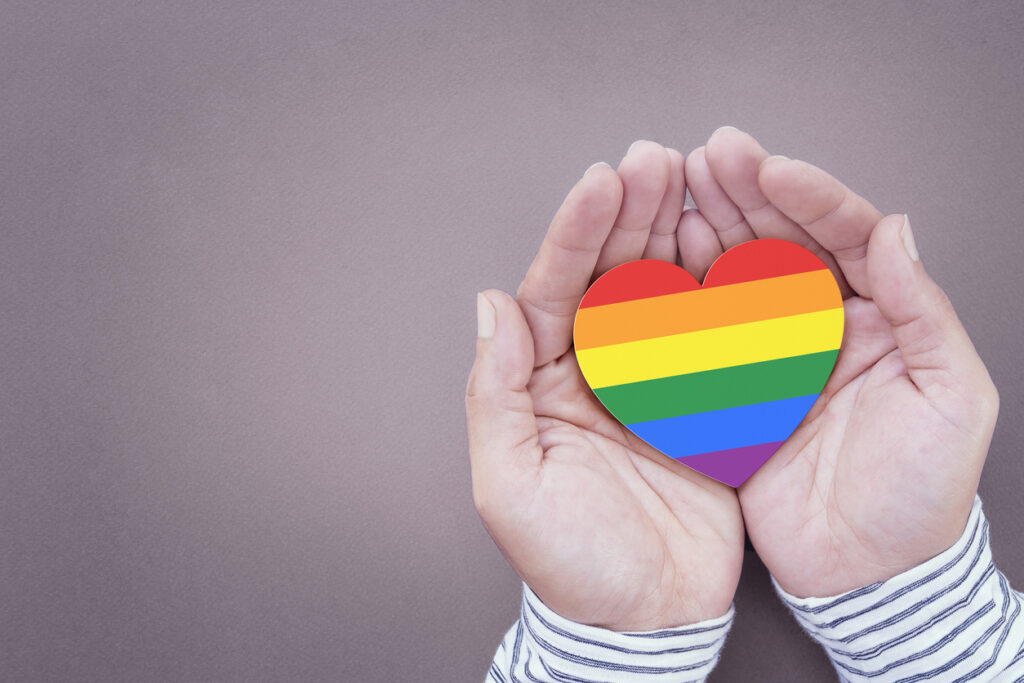Helping Mental Health Clinicians’ Confidence and Effectiveness
What Makes a Therapist Most Effective and Feel Competent in Their Work
Early in my career as a psychotherapist, I was laser focused on acquiring as much psychological knowledge as possible. Studying theories and data and learning a variety of different skills and prescribed interventions, I felt the more I “knew” the more competent I would feel and the more impactful therapist I would be. But it didn’t always work out that way.
Through gaining direct clinical experience as a therapist and witnessing others as a clinical supervisor, over the years I’ve come to appreciate how such external knowledge and skills acquired becomes most useful in the way in which it is filtered through one’s intrinsic skills and unique nature – namely, our personal history and the social, emotional and cultural dimensions that have shaped us.
Understanding the Different Between Extrinsic and Intrinsic Skills
Extrinsic skills can be described as anything external we take in and absorb.
This can include different theories and therapeutic models of treatment, interventions, assessment tools, documentation guidelines, treatment planning as well as observable behaviors and interactions occurring in the therapeutic encounter with our clients.
Intrinsic skills include the therapist’s personality, personal history, cultural and racial background, spirituality, thoughts, feelings, association, memories, impulses, values and inherent creative and unique nature. It can also include one’s doubts, fears, insecurities and history of trauma and the level of awareness and relationship a therapist has with their internal process.
Learning to be aware of, manage and respond appropriately from our internal dynamic process is a vital component of any continued training, growth and evolutionary process. It is especially important when working as a mental health clinician.
Supporting the Synergy of the Extrinsic and Intrinsic Skills
It is the synergy of how one’s intrinsic nature and person digests, distills and makes sense of and processes all of the extrinsic knowledge base and techniques and skills and the input from their client that guides the therapeutic process, giving it life and direction and efficacy.
Another way to think about this synergy is how the hardware of who we are runs the software of what we take in by way of knowledge and skills and input from our clients.
While focusing on the software by way of increasing one’s knowledge base and skill set pertaining to different theories and models of practice is always a good idea, I have come to hold in higher value the process of focusing on our intrinsic holding and nature and supporting the synergy in a number of ways and do so with the clinicians I have the honor to support as well by the following suggestions:
- Work with a supervisor or a peer supervision group: It is important to find a supervisor or a peer consultation group that you trust and feel safe with and who can challenge you when needed. As with clients, we depend on a trusting other for our continued growth to be able to synthesize our knowledge and develop our unique practice wisdom and provide a powerful bridge between our hardware and software.
- Embrace your vulnerability: Learn to lean in to it and listen with compassion to challenging emotions, thoughts, doubts and behaviors as they appear in the therapeutic process. Our most important growing and learning experiences can be from bringing to light to those dark, shameful and guilt inducing thoughts. Developing vulnerability allows for the integration of different skill sets, while avoiding the urge to react without awareness and intention.
- Develop an awareness of the various psychosocial and environmental elements that form your unique identity. Social positioning, gender identity, spiritual beliefs, socioeconomic status, significant and transformative moments, life events, family/cultural history and transgenerational and/or racial trauma all form the basis of our identity. Being able to hold your identity with acceptance and compassion will allow you to be aware and hold your clients identity with the same compassion, sensitivity and care. Using the diversity wheel or genogram can be helpful methods to assist with this task (please see references).
- Nurture yourself and care for your needs. Caring for your medical and mental health, your spiritual, social, educational, physical and financial needs while learning how to pace yourself and balance your work is an ongoing lifelong process. Identifying what type of client and issues you enjoy working with and setting limits with yourself if you’re approaching the emotional threshold of what you can give is essential. Caring for others entails first and foremost caring for ourselves.
- Develop awareness of what brings you joy and meaning in the way that you practice psychotherapy as a guide to how you want to practice and develop as a mental health clinician. I would refer to this as your practice orientation. For example, some therapists may derive joy from a more somatic approach to care, others may connect more with a cognitive or psychodynamic approach while others may have more of an eclectic approach. One orientation is not better or worse than the other. The key is discovering, connecting to, accepting and embracing the orientation you feel most joyful, meaningful and authentic with.
- Choose models and interventions that nurture your orientation style and provide support for how you are practicing psychotherapy. When learning a new model please ask yourself: how does this model or intervention support my orientation? What do I like about this model/intervention? Is there anything I would change/tweak to make it fit my orientation (without jeopardizing the integrity of the model/intervention)? Is there anything about this intervention and/or model which I struggle with?
- Provide your clients with a therapeutic container. Providing space for your clients to explore and cultivate and strengthen their access, acceptance of and power of their innate nature is the hallmark of this work. Yet, we can struggle for knowing when to speak up and insert information and when to sit by and allow things to emerge. As a therapist, before talking you can use the acronym WAIT which stands for Why Am I Talking? Am I saying something because I feel it is because I genuinely believe that this can be helpful for the client or because I am struggling with sitting in this space. Being directive can have its place, but clients also have a natural inborn inner healing wisdom and allowing it to emerge requires patience, empathy, acceptance and trust in the ability for the client to use the container in the way that is helpful for them.
- Develop the ability to think eclectically and creatively by integrating and synthesizing various models and interventions. Thinking eclectically does not mean that we have to give up on our preferred approach or model of care, but it does help our ability to think creatively and opens up more creative ways to engage and support our client.
- Expand our “toolkit”. As noted throughout this article, increasing our awareness of and exposure to different models of care is important for our growth and also in our ability in honing our unique voice as mental health clinicians and in increasing our ability to respond effectively to the needs of the clients we meet.
One of the beautiful aspects of this field and vocation as a mental health clinician is the unlimited potential for growth and evolution. Extrinsic and intrinsic skills are both essential for the therapeutic process. It is important that as clinicians we focus on how to nurture each of those skills while also developing our ability to integrate and synthesize those skills so they work in a growth promoting way for us and our clients.




